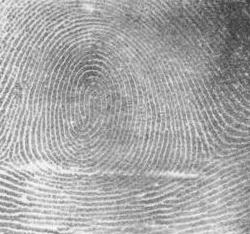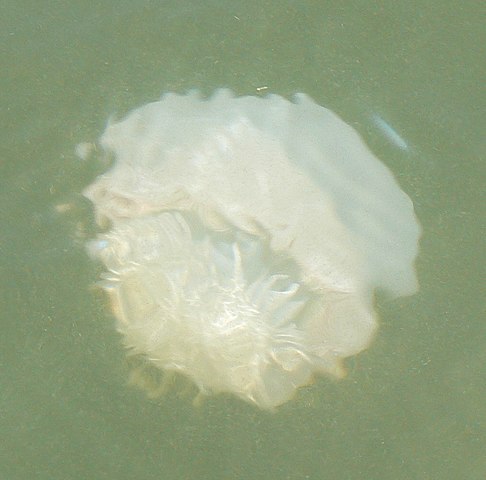We just learned about the Antipope.
Another part of early Christianity was the Great Persecution.
In Rome in the year 303 AD the Christians were already not treated very well, but the Roman emperors named Diocletian, Maximian, Galerius, and Constantius really did not like Christians.
They thought that Christianity should go away, and everyone should be forced to Roman gods like Jupiter.
Everyone was forced to make a sacrifice to the Roman gods, or they would be killed.
The Roman emperors ordered that Christian churches were burned to the ground, and any books or writings about Christianity were burned.
In some cities, they would bring large groups of people together and make them give a sacrifice to a Roman god or they would be killed.
This was a very tough time to be a Christian, but people still managed to save many of the old Christian writings that we know of today that helped make up the Bible!

(from: wikipedia - 20,000 martyrs of nicomedia)

(from: wikipedia - diocltianic persecution)
Kid Facts - Blast from the past: Prochorus















